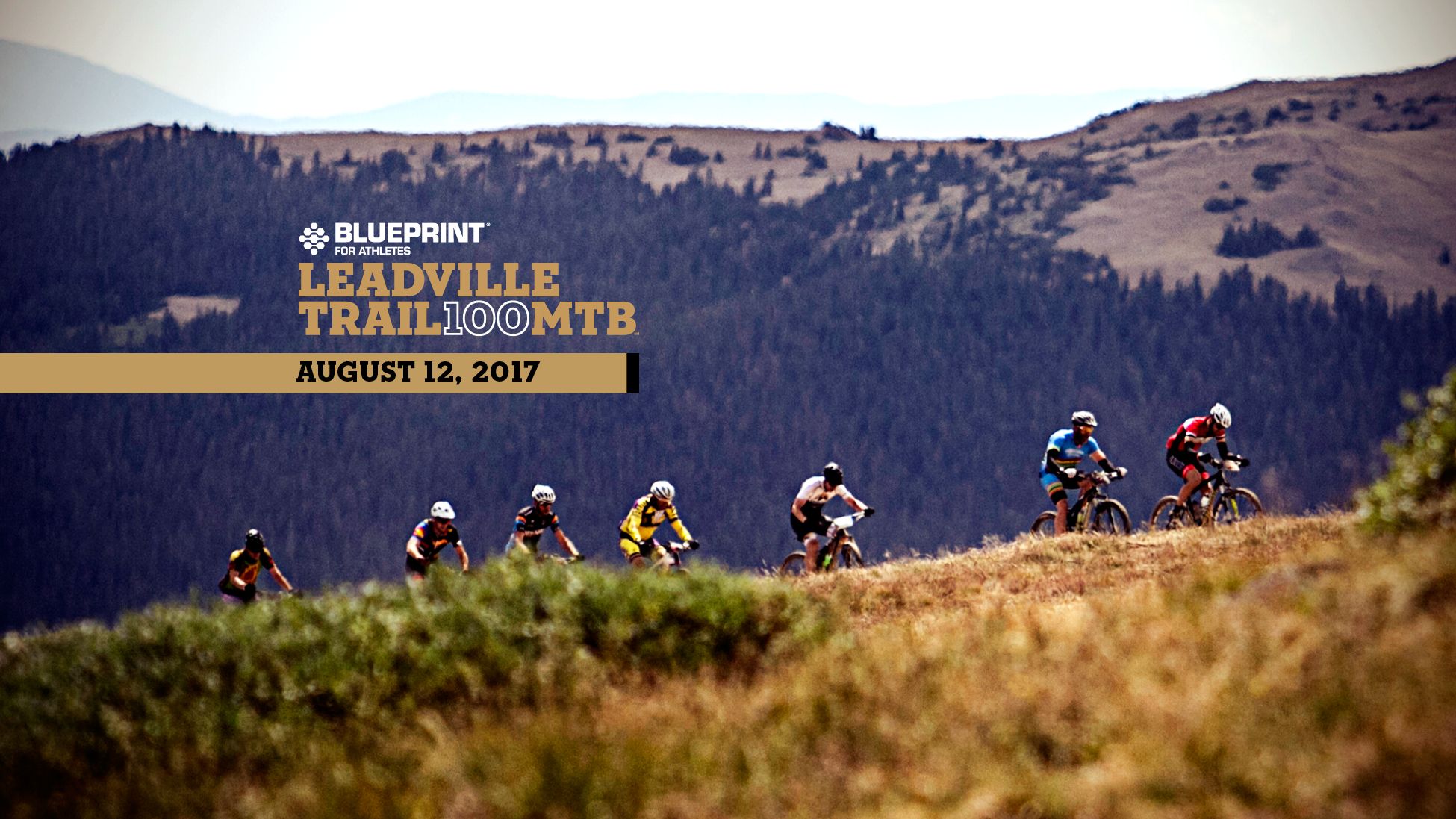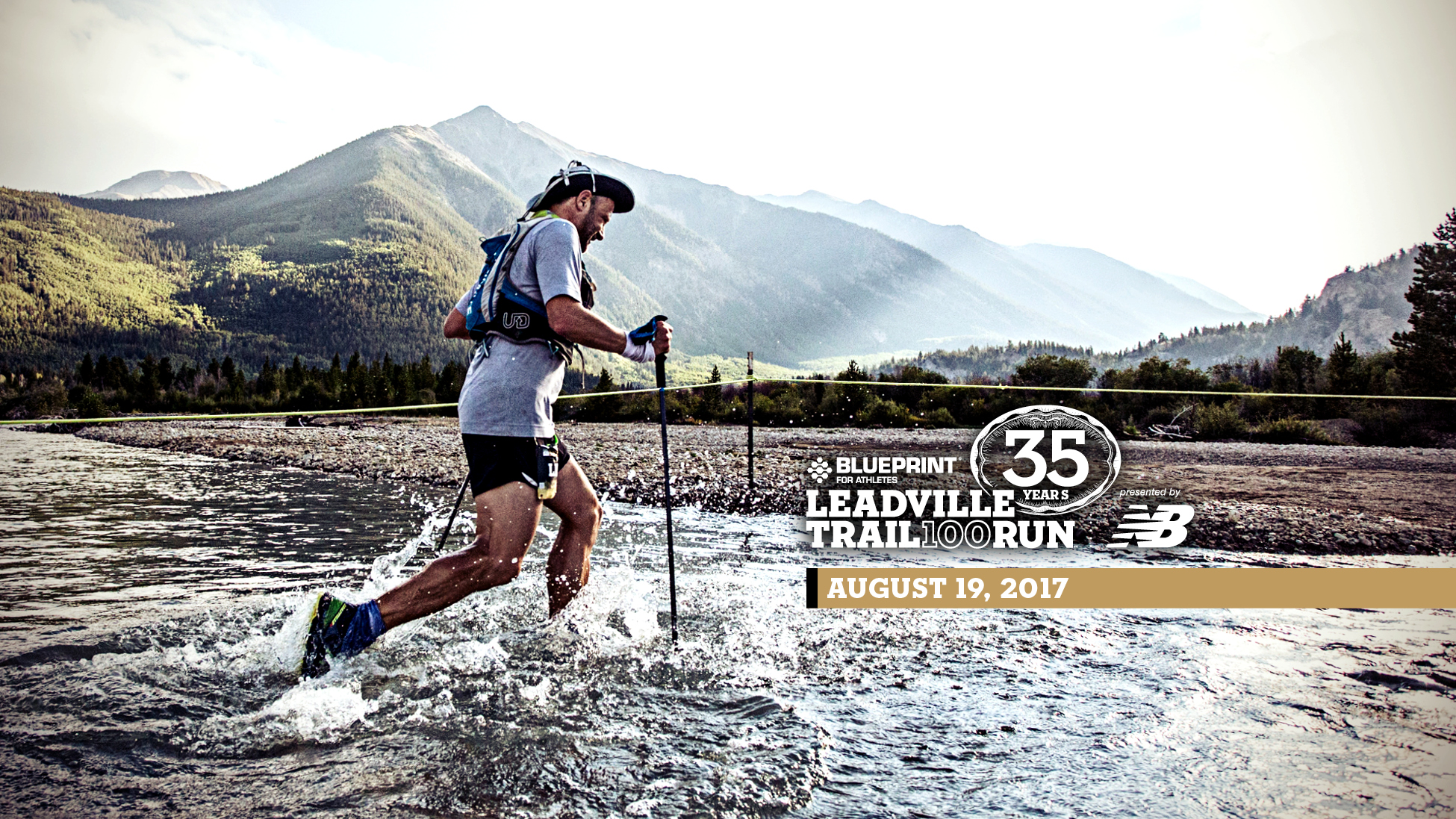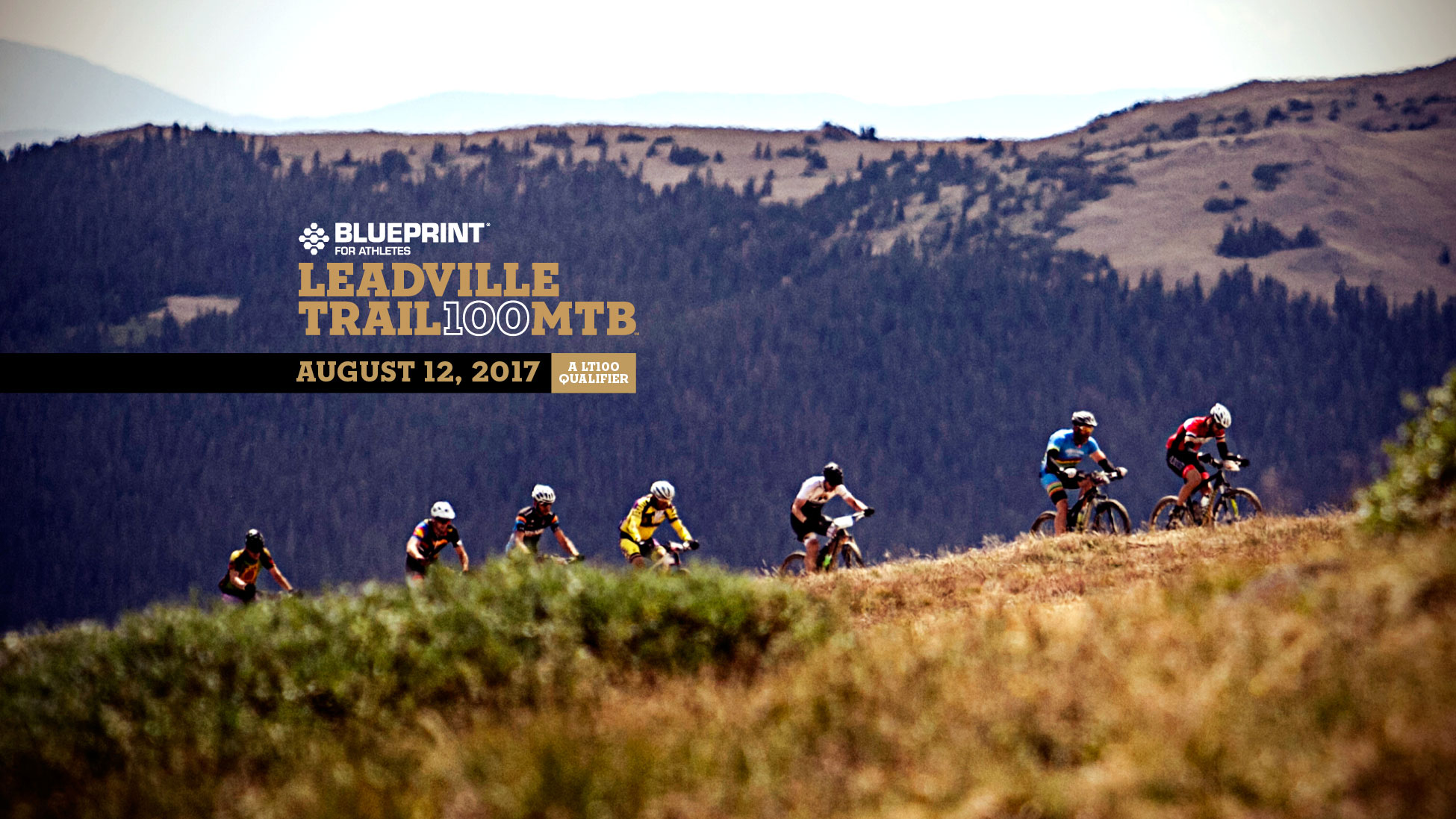Dispatches from Columbine: Don’t Let Injuries Derail Your Mountain Biking Dreams
By Dave Wiens
Injuries are high on the list of things that foil the plans and can crush the motivation of athletes of all kinds: young or old; pro or amateur; dedicated trainer or weekend warrior.
Getting hurt can change your world faster than Alban Lakata descending Powerline.
In my opinion, the topic of injuries is twofold: First (and at the top of my list especially as I get older) is injury prevention. Second, is dealing with injuries and getting back in the saddle.
Injury Prevention
Injuries are an inevitable consequence of riding our bikes. But there is much we can do to try to prevent injuries. The majority of injuries incurred by cyclists can be lumped into two categories: those related to crashing on our bikes and non-crash injuries.
Cycling is said to be a great low-impact activity and it is – except when you crash. Crashing can be a high-impact activity and is the primary reason for scores of injuries. I have heard experienced mountain bikers tell beginners not to be afraid to crash, that crashing is just part of the sport. I agree that crashing does happen and it’s not practical to think that you’ll never crash on your bike. But at the same time (and especially for older, more brittle bodies like my own) you really don’t want to risk crashing.
As awesome as it is to ride bikes, you need to be acutely aware of riding safely every time you throw your leg over your bike. This isn’t rocket science, but reckless bike riders get hurt far more often than cautious ones do. There isn’t much glamour in cautious riding but it does feel good to arrive home after training – not in the ER – or to pedal across the finish line body still intact.
Know your limits, know your skills and work to improve them. For most riders, descending is the trickiest part of mountain biking, so solid descending skills are invaluable. I’ve said it before and I’ll say it again: purposefully and tirelessly work on your descending skills. Remember to progress slowly and steadily as you become more confident descending. If you try to progress too fast, you can find yourself separated from your bike and laying on the ground wondering what happened.
The best way to become a better descender and all-around bike rider? Take a lesson from a reputable instructor and get to a ski area that offers a spectrum of trail difficulties. Ride the chairlifts and rack up the time and vertical feet of descending. There is no substitute for time on your bike.
The second types of injuries are those that come from overuse or improper bike setup, poor technique, or lack of strength and flexibility. These are common, frustrating and oftentimes avoidable. They can flare up from something as simple as improper saddle height. They can be a product of riding too much too quickly, either at the beginning of a new season or by someone new to cycling. They can also be the result of quirky anatomy or physiology such as IT band issues, a common malady of cyclists.
Injuries can result from improper pedaling technique, which can irritate joints and muscles. Cyclists trying too hard to “pull up” on the pedals, because they’ve heard that this is what they are supposed to do, can end up with a herky-jerky pedal stroke that puts undue stress on the knee joint. I’ll always suggest just mashing the downstroke rather than improperly attempting to “pedal in circles.”
I’m a huge fan of easing into everything that you do. Don’t jump off of the couch and go ride for 150 miles. Especially if you’re newer to cycling, your muscles and joints simply aren’t used to the pedaling motion. Be patient and gradually increase your rides and training miles, and you’ll less likely be the victim of overuse injuries.
This also speaks to the importance of good bike fit. I recommend finding a reputable bike fitter, getting fitted and then being religious about honoring your measurements, especially saddle height. Just a few milimeters too high or too low and all kinds of aches and pains can develop.
Increasing strength and flexibility are also good ways to protect against injury. But as with riding, doing too much too quickly or using improper technique can result in injuries from the activity that was supposed to prevent injury. If you’re going to begin a weight training program but you haven’t lifted for a while (or ever), ease into it with low weight, patiently working on acquiring a solid foundation before you begin to increase how much weight you’re lifting. The same goes for stretching: If you haven’t ever stretched or haven’t stretched for some time, don’t go getting all agro and be reefing on your body trying to bend it like a gymnast. Be patient, make slow and steady progress, and within a few weeks, you’ll start to reap the benefits of increased strength and flexibility.
Dealing With Injuries
When I get hurt, my first stop is to determine the extent of my injury. I see no value in toughing an injury out only to learn weeks later that I have a fracture or something else that requires care to heal properly.
If I crash and tweak something pretty good and it really hurts, I want to know right away if I have broken or torn something up. I’ll seek a doctor’s professional opinion as soon as I can, and that sometimes includes x-rays or an MRI. If the tests come back negative, my malady will begin to feel better right away because I have peace of mind.
Besides, there’s no one better qualified to put you on the path to healing than a medical professional. Explain to your doctor that you are an athlete and that you need to get back to training as quickly as possible. However, use caution and avoid returning to training too quickly. Otherwise you risk re-injury, an even longer rehab process, and further and avoidable damage. I think the key to an intelligent return from injury is slow, purposeful and steady progress in your rehab, healing and rebuilding process. This can be guided by your doctor and/or a physical therapist or other healthcare professional, when necessary.
Since injuries run the gamut, the severity will obviously determine what you can and cannot do while you’re injured. Certain injuries will keep you from riding outside but may allow you to continue to train on a stationary bike indoors, allowing you to maintain some fitness. Other injuries require a longer period before returning to any activity. Roxanne Hall’s amazing comeback from being struck by a car is detailed in Race Across the Sky. It was a long road before she was able to even sit up in bed, let alone climb onto a stationary bike and begin to pedal.
There will be no substitute for patience and hard work. We can be as cavalier as we want regarding how fast we try come back from injuries and how important our athletic endeavors are, but even highly paid professional athletes understand how risky it can be to push the recovery envelope too much.
The healing and rebuilding process – however slow – and the blow delivered to your fitness will likely be a much tougher process than any of the climbs on the Leadville Trail 100 course. But with every small milestone on your road back, your motivation and resolve will increase. The hardest part will be soon after your injury when the goal of being healthy and fit again is but a speck in the distance. Once you’re injured, your entire world changes and everything you do has to do with healing.
When it comes to prevention and recovery, it’s up to you to decide what is best for your situation, personality and lifestyle. But I think it’s safe to say that most of us are in this game of fitness and competition for the long haul so we want to limit our injuries, come back from them as efficiently and effectively as possible, and most importantly, avoid getting hurt in the first place. Those athletes whom we all admire due to their durability and resilience also count among their qualities a certain amount of awareness, purposeful behavior and smart decision-making. By adopting these same principles, your athletic career has the best chance of being one that sees you more often out on the trail rather than at the doctor or physical therapist.
Enjoy the ride!
Dave



